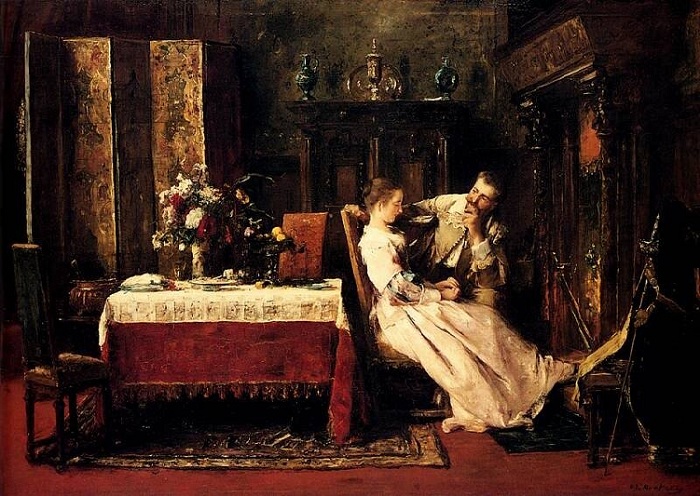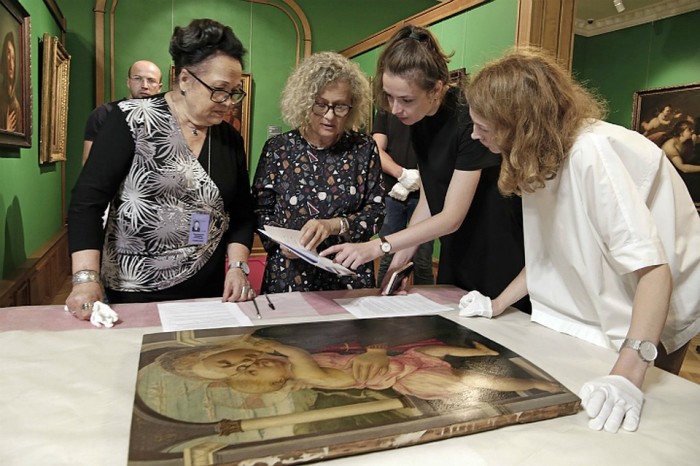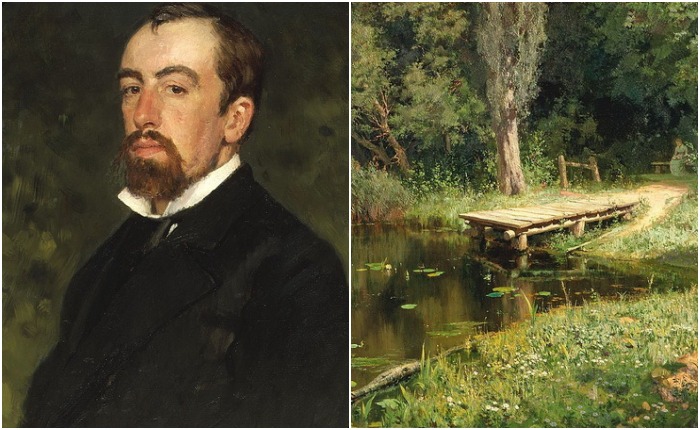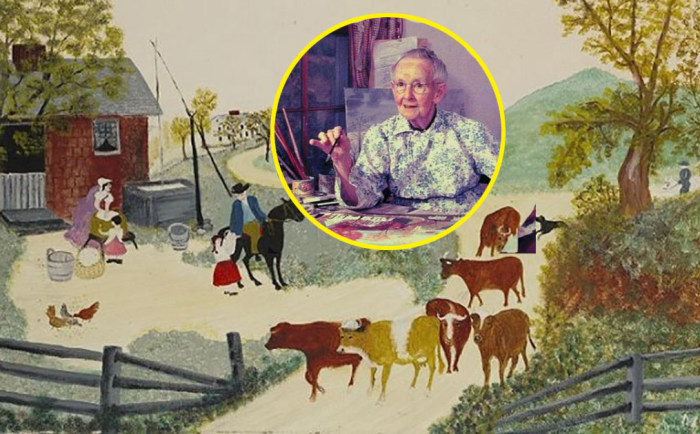convince him
Two brides for one groom: The riddle of a picturesque plot about the mystical betrothal of St. Catherine
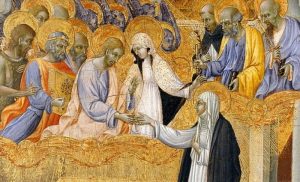 Among the works of Renaissance masters and later periods in the history of painting, there are often those that depict “the mystical betrothal of St. Catherine.” At the same time, the essence of what is happening may seem vague – after all, betrothal in the usual sense of modern man does not occur on canvas. It turns out that two different women could be brides in such paintings, but the groom is always alone.
Among the works of Renaissance masters and later periods in the history of painting, there are often those that depict “the mystical betrothal of St. Catherine.” At the same time, the essence of what is happening may seem vague – after all, betrothal in the usual sense of modern man does not occur on canvas. It turns out that two different women could be brides in such paintings, but the groom is always alone.
First bride – St. Catherine of Alexandria
St. Catherine of Alexandria lived in Egypt in the 3rd century AD. Before the adoption of Christianity, she bore the name of Dorothea and was the daughter of the ruler of Alexandria. The girl was famous for her extraordinary beauty, wisdom, spiritual qualities, and was, of course, an enviable bride, but in grooms she wanted only the most worthy – the one who will surpass her in everything. Then Catherine’s mother took her to the old hermit, who was praying in a cave near the city. He told the girl that he knew the one who is better in everything. Continue reading

